.jpg&w=800&q=75)
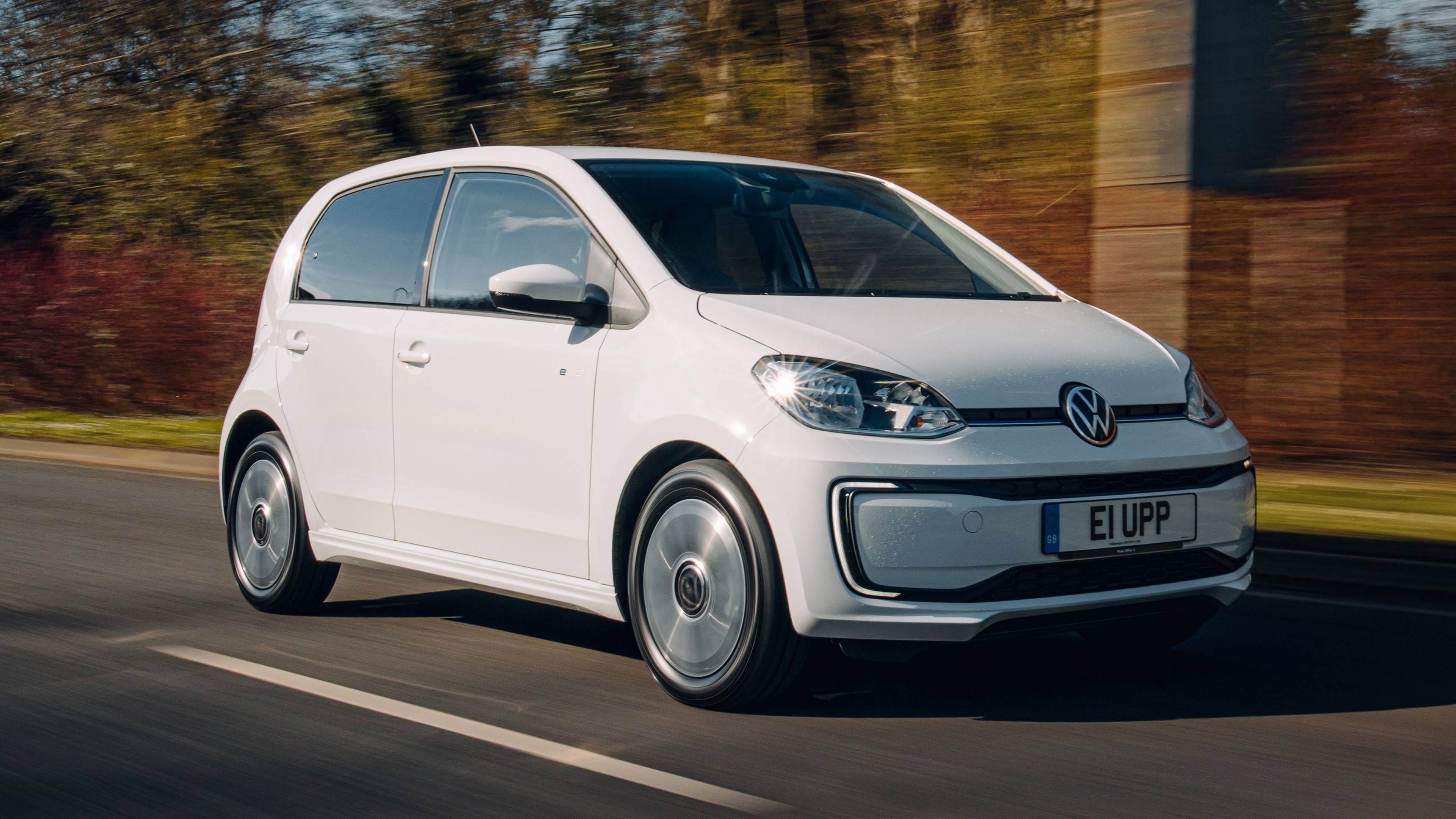
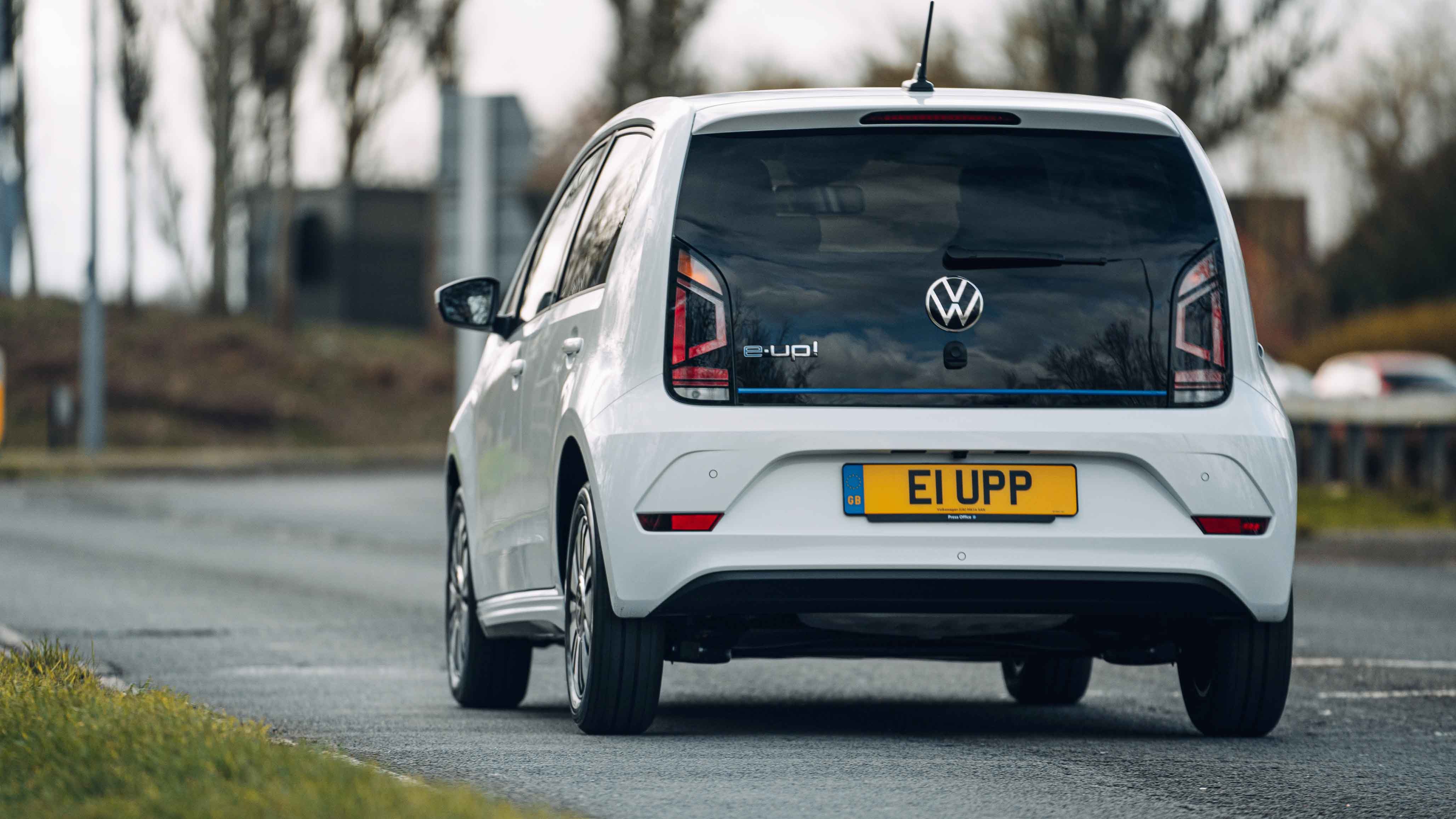
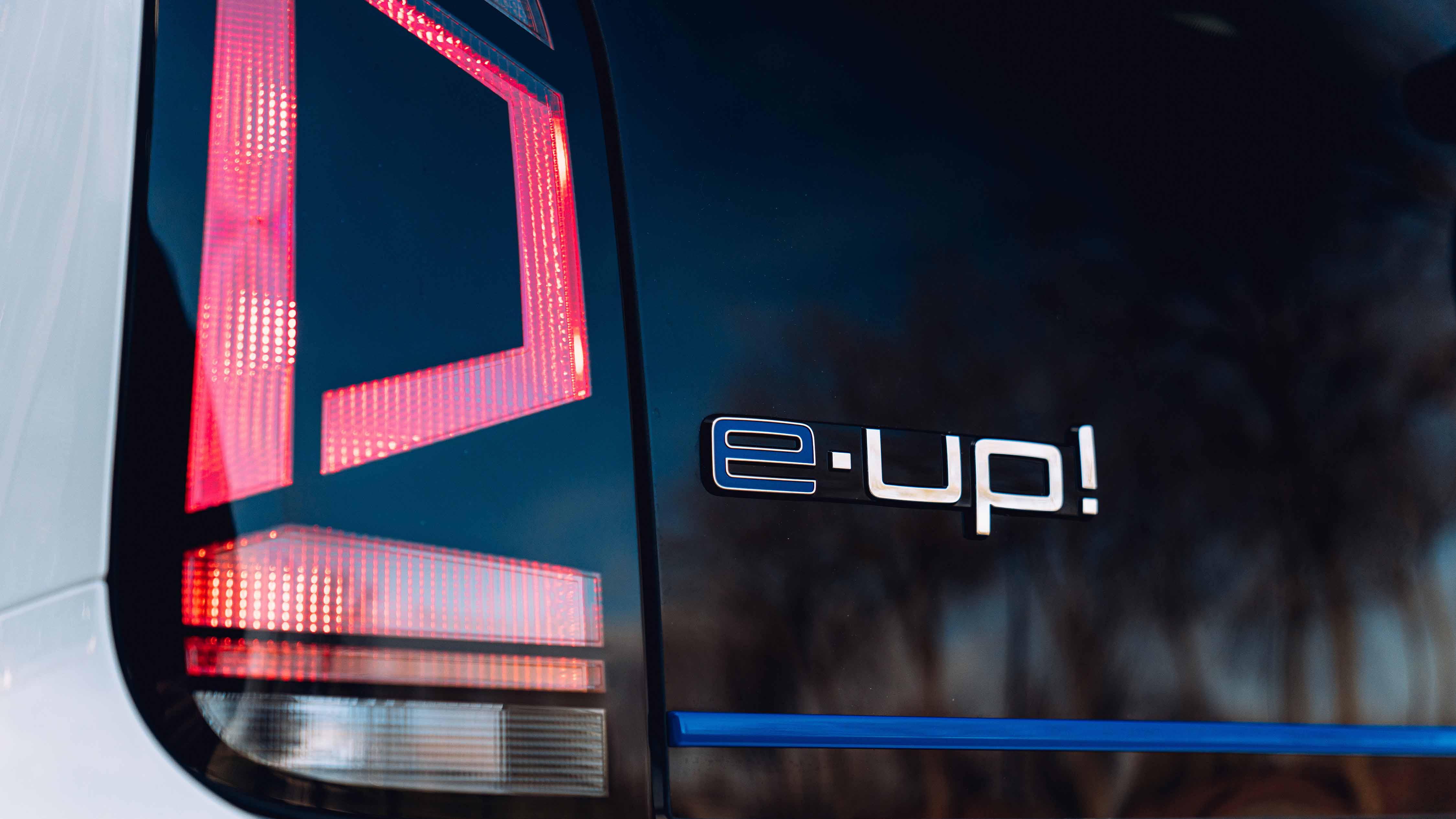
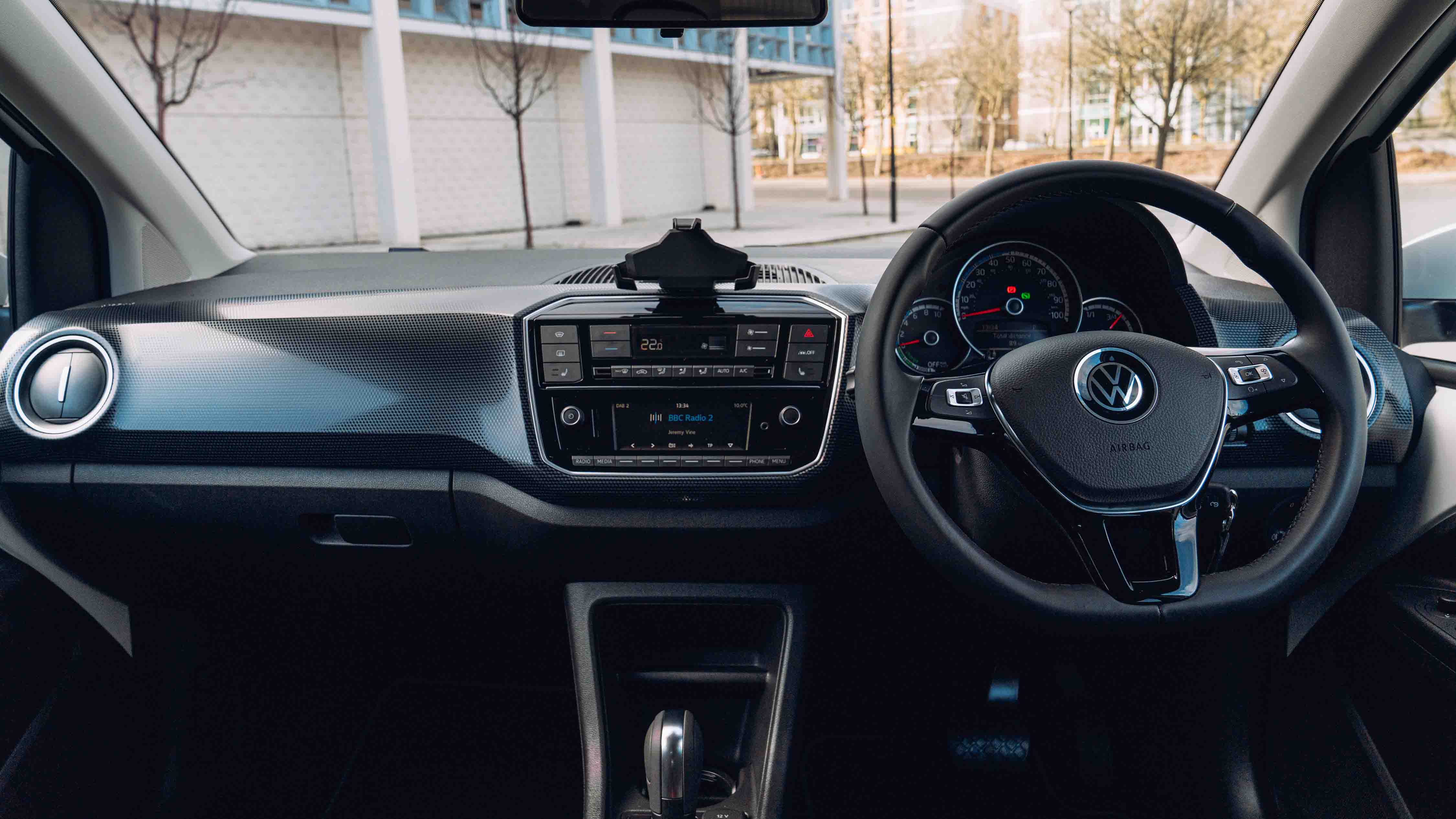
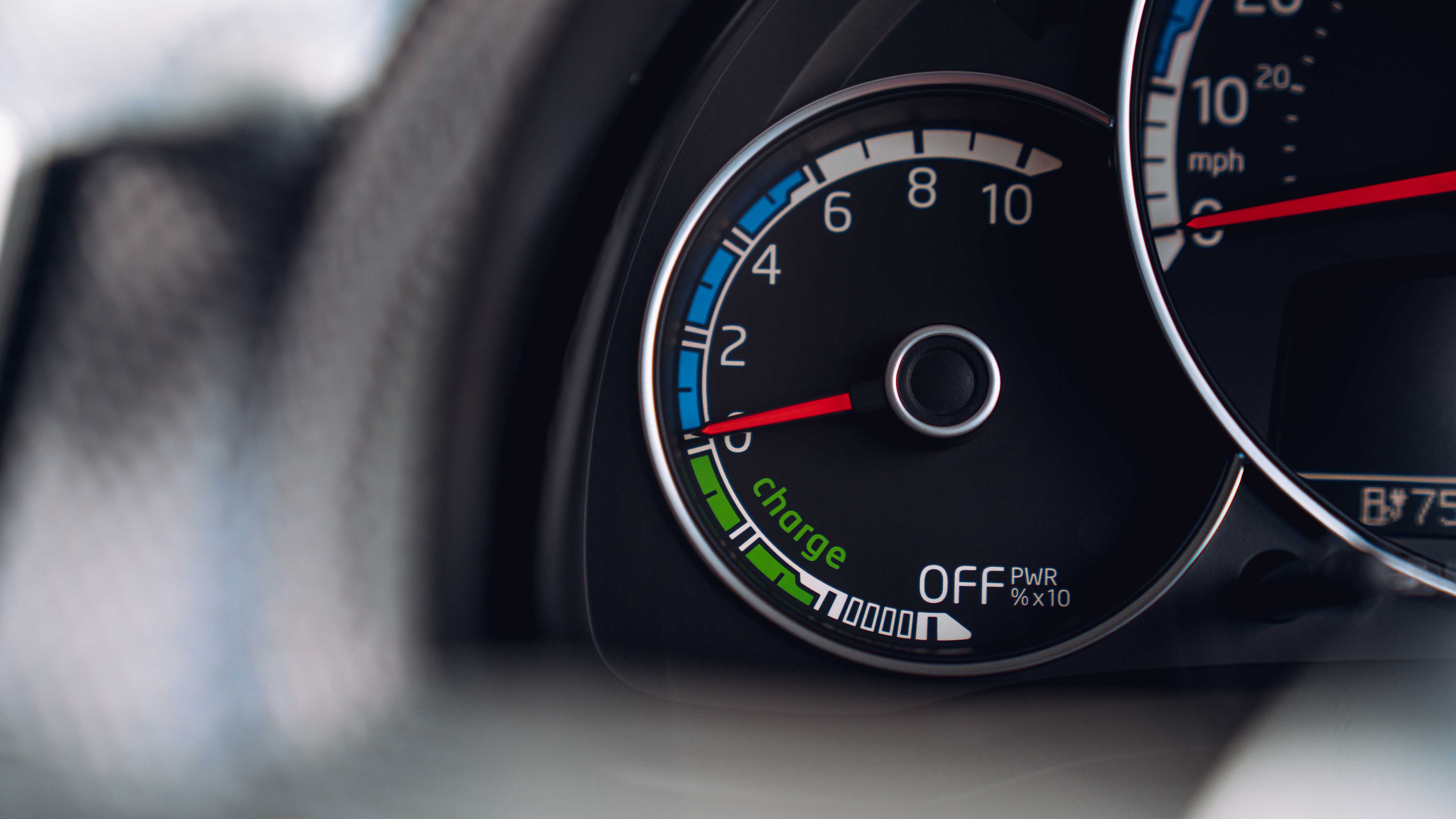
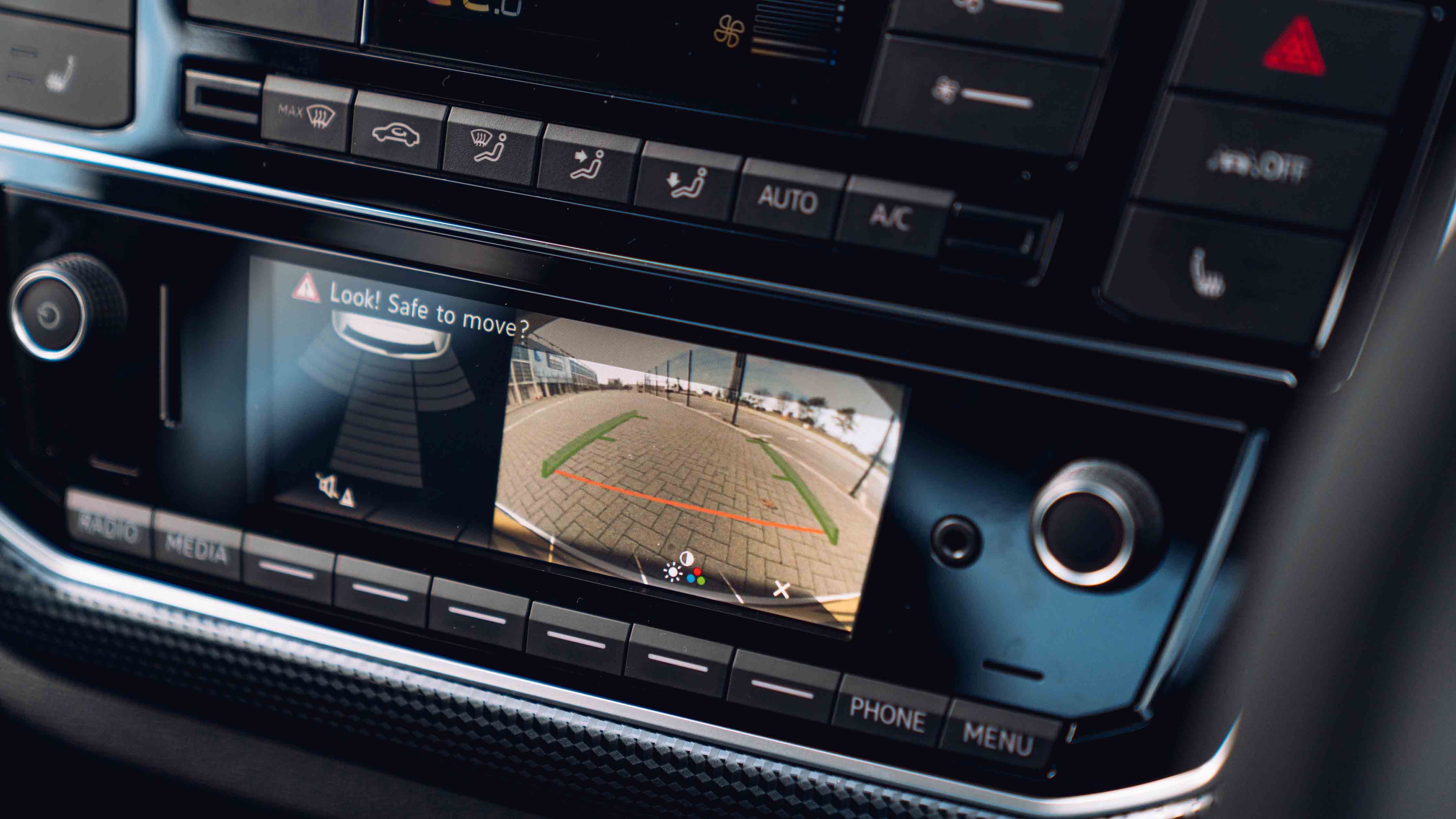
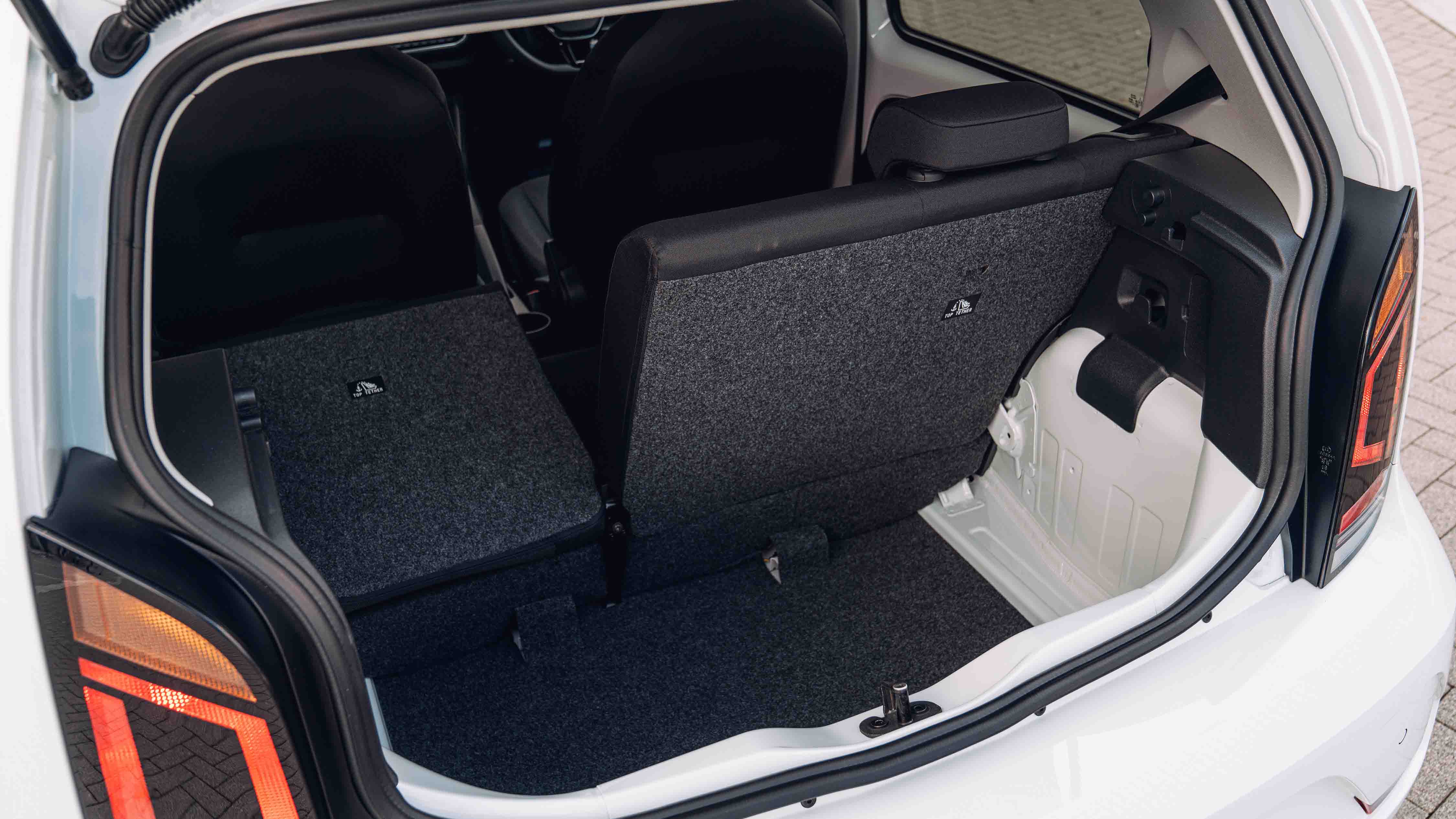
Used Volkswagen e-Up review

This is the Volkswagen e-Up – a battery-powered version of the familiar Up city car.
That means you get all the usual Up benefits – light-footed handling, easy-to-park dimensions, and a neat cabin design – plus smooth, swift acceleration with barely a whisper from under the bonnet.
- Zippy EV acceleration
- Low running costs with home charging
- Decent practicality for its size
- Infotainment setup is old-fashioned
- Range is mediocre by today's standard
- Plasticky cabin
Should I buy a Volkswagen e-Up?
The Volkswagen e-Up is quietly brilliant, both literally and figuratively. It’s quieter around town than a petrol Up, not that the petrol car’s thrummy three-cylinder noises are unpleasant, but it also probably doesn’t get the credit it deserves.
The e-Up launched in 2014 and quietly went about its business for a few years. Then, in 2020, Volkswagen fitted a new battery that’s almost double the size of the previous one. These are the ones you want, because the range figure jumped from 100 to 160 miles – a figure that’s still competitive with some small EVs even now.
"With a decent amount of power and the Up’s short wheelbase, it’s genuinely fun to chuck the e-Up around"
A major sticking point when the car was available new was how expensive it was. In January 2020, a basic five-door petrol Up started at £12,840, while the e-Up started at £19,695 – and that was after the £3,500 Plug-in Car Grant of the time. The good news for you as a used buyer is that e-Ups are now cheaper than equivalent petrol versions.
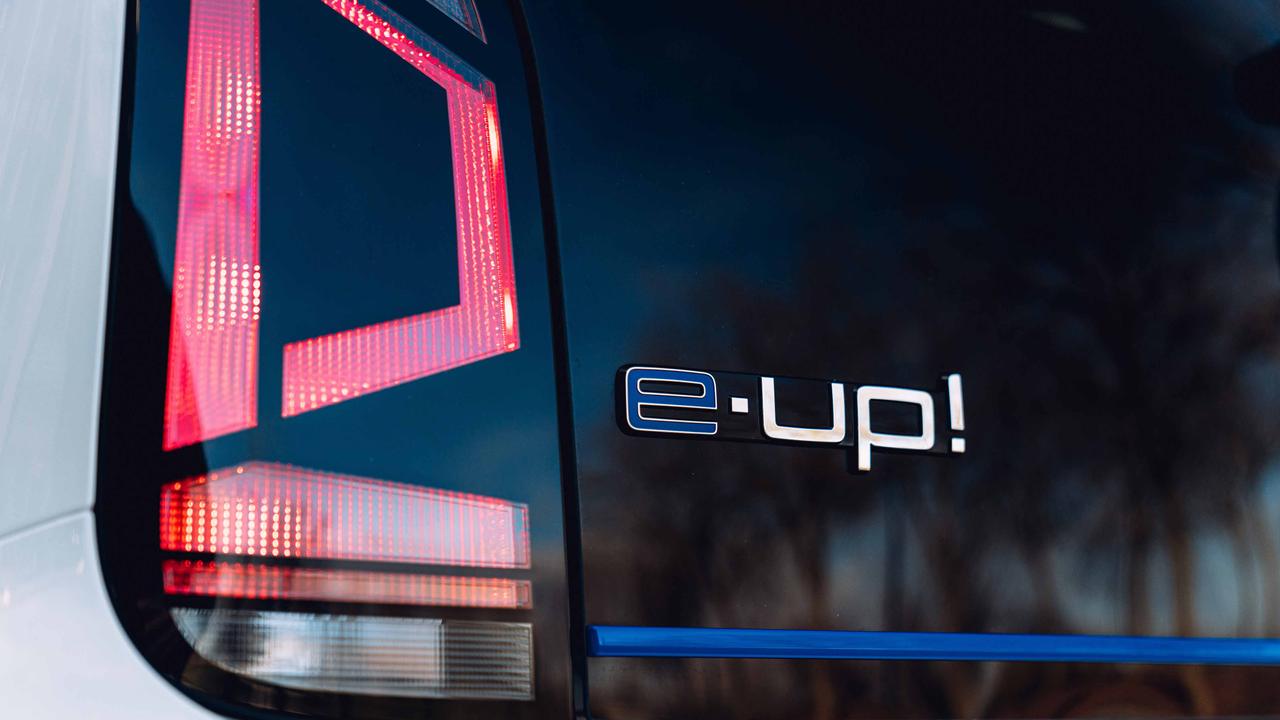
And you get the benefits of even cheaper running costs, perkier performance and a much longer list of standard equipment than the petrol car.
Despite feeling old now, the e-Up is still one of the best options if you want something that’s easy to park and you mainly drive around town. You might also consider the Dacia Spring, Fiat 500e, Mini Electric and Renault Zoe, and maybe even the oddball Mazda MX-30.
Interior and technology
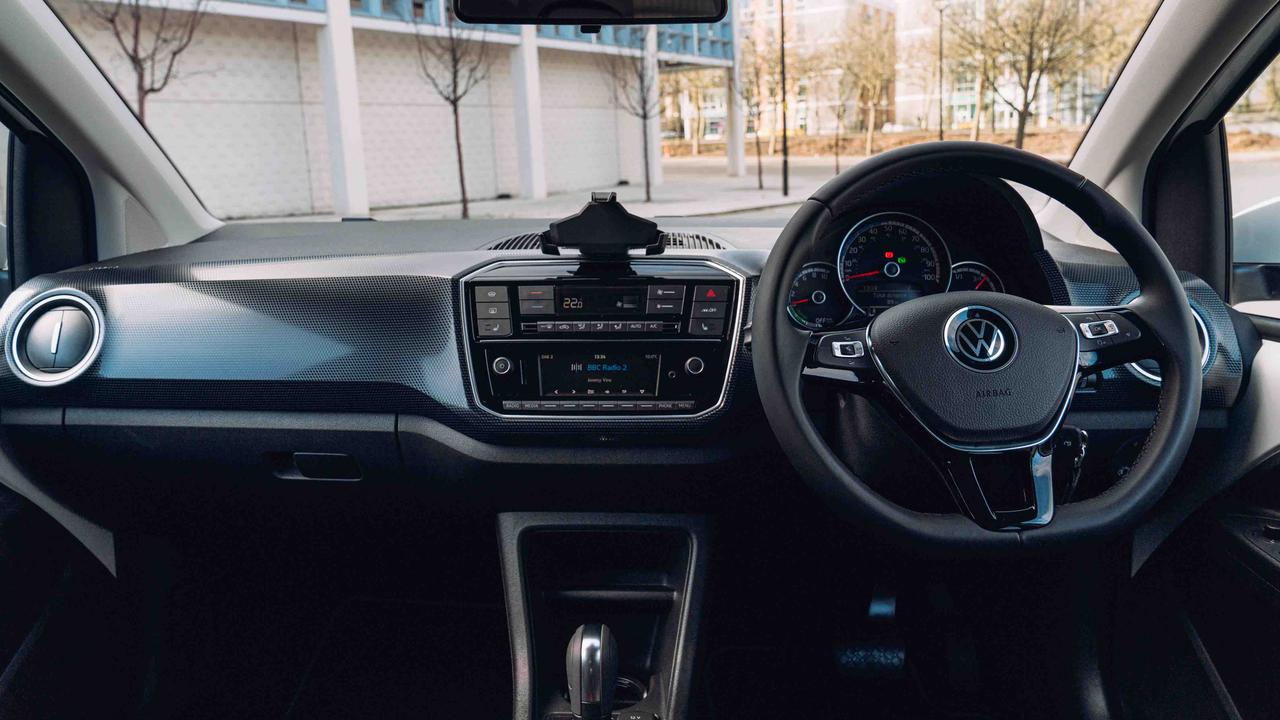
Get the e-Up in a fun colour and you’ll enjoy a pop of that colour on the top of the doors. Bringing the outside in, as Kirstie Allsopp might say. But it adds a fun factor that stops the cabin feeling too drab. There’s also a dotty dash trim panel that’s exclusive to the e-Up, while everything else is largely the same as the petrol Up.
If you’ve driven a few EVs, you’ll find it strange that the e-Up has both a key that needs to be inserted into a slot and turned, and a manual handbrake. That’s the same as in the Dacia Spring, but it means the e-Up and Spring feel a lot older than something like a 500e or MX-30.
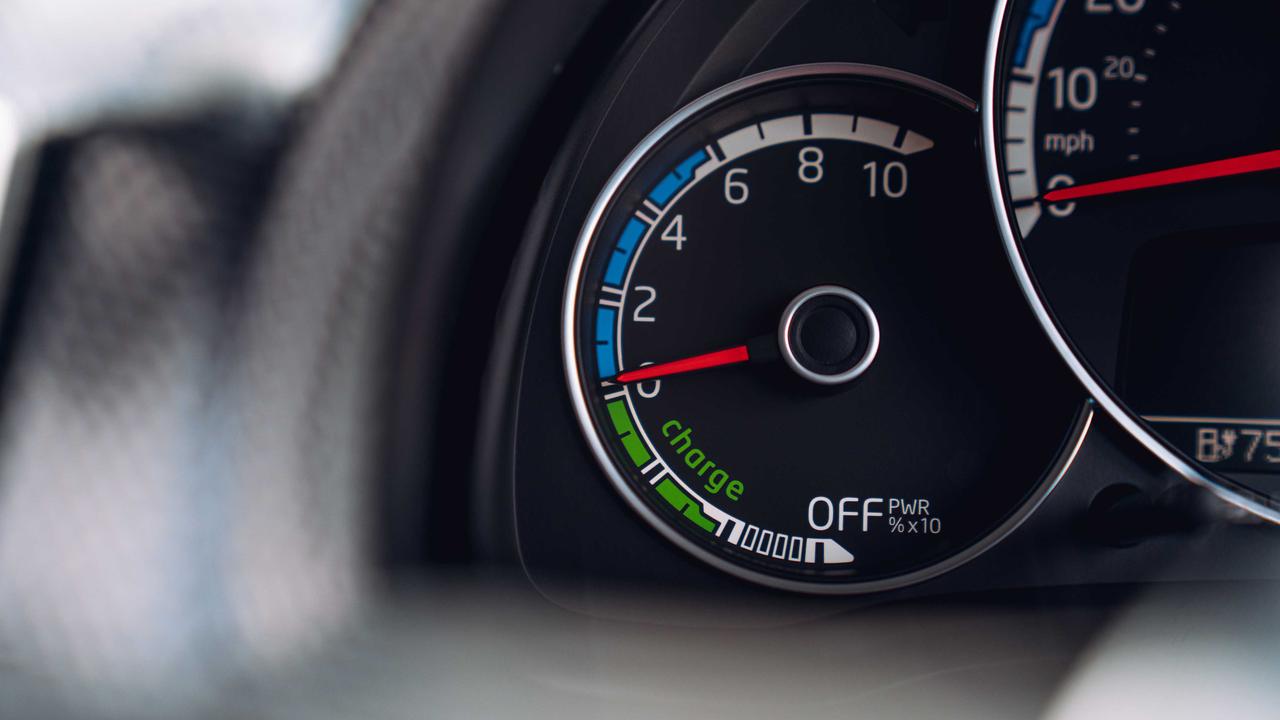
Look through the multifunction steering wheel and the dials look very similar to the petrol Up. There’s still a big speedo in the middle, and what looks like a rev counter – it’s actually a power gauge, and you can watch it shoot up if you put your foot to the floor. On the right is the same massive fuel gauge as the petrol one, re-done to show your remaining battery percentage. With such a big dial and a fairly small range estimate, you can almost see your battery charge draining in real time.
To justify its high price when new, the electric e-Up comes stuffed with kit. There’s a reversing camera (with an adorable thumbnail-sized display), a height-adjustable passenger seat, cruise control, access to an app with specific charging functions, and auto lights and wipers.
Practicality
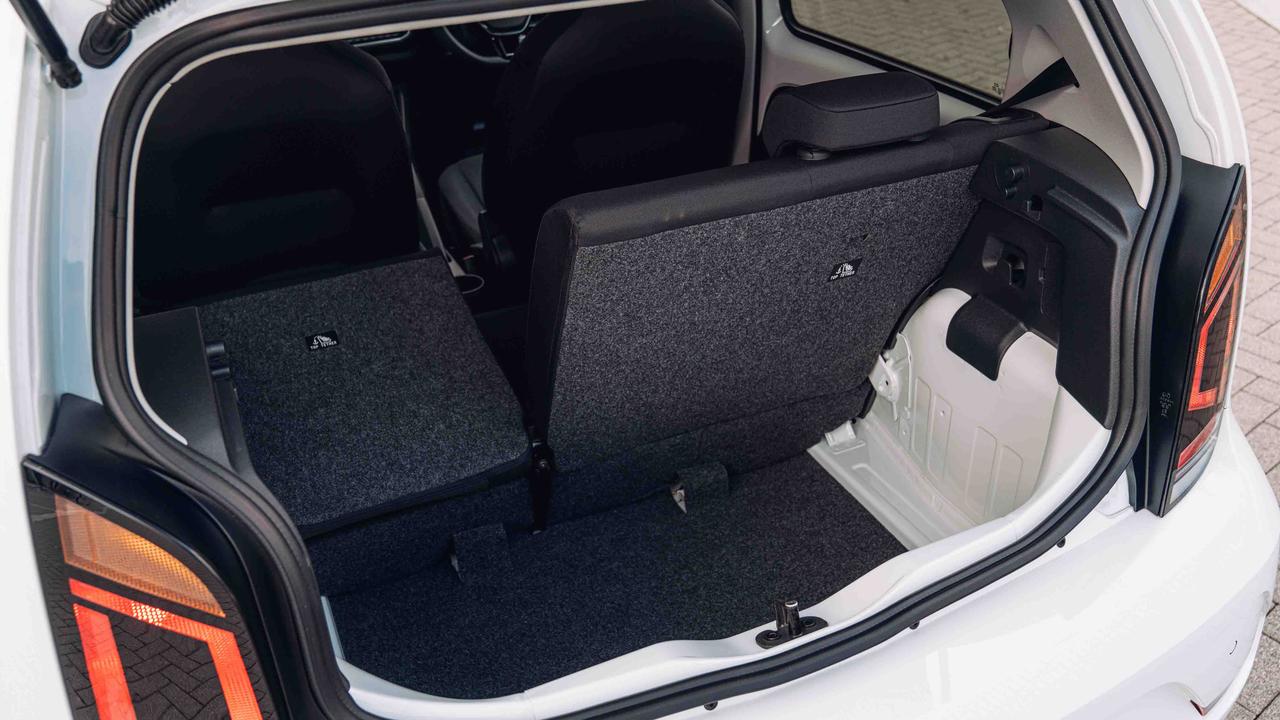
It’s impressive that the e-Up is just as practical as the regular Up, despite having a bulky 36.8kWh battery to hide. So you still get the space for four adults and the 251-litre boot, in a package that’s supremely easy to park.
The e-Up has only ever been available as a five-door car in the UK, so all make it easy (for an Up) to get into the back seats.
As the Up is an old car and based on a petrol model, upfront storage isn’t as good as it could be. The big gearlever and handbrake both take up space – in newer rivals these are buttons to free up a lot of usable storage space between the front seats. The Dacia Spring, for example, has room to put a small rucksack on the floor where the centre console would be.
However, the e-Up has split-fold rear seats, whereas the Spring has a one-piece bench, so the e-Up will be more useful if you need to take a passenger and extra luggage.
There’s no frunk under the bonnet – everything under there is very tightly packaged – so you’ll probably need to store your charging cable in the boot, which isn’t particularly neat and means some of the overall capacity is taken up.
Range and performance
Petrol-powered Ups all come with a 1.0-litre engine. The majority are naturally aspirated and have either 60 or 75hp – a rare 90hp turbo version was briefly offered too. It’s not a lot of power, but the Up weighs less than a tonne so it scoots along well. The 0-62mph time of around 15 seconds is largely academic, because this is a city car first and foremost – around town, the Up feels delightfully nippy.
You’ll have plenty of time to admire your surroundings if you’re getting up to motorway speeds and there’s not much power to overtake when you get there, but the Up will happily sit at a steady cruise on the motorway.
Driving and comfort
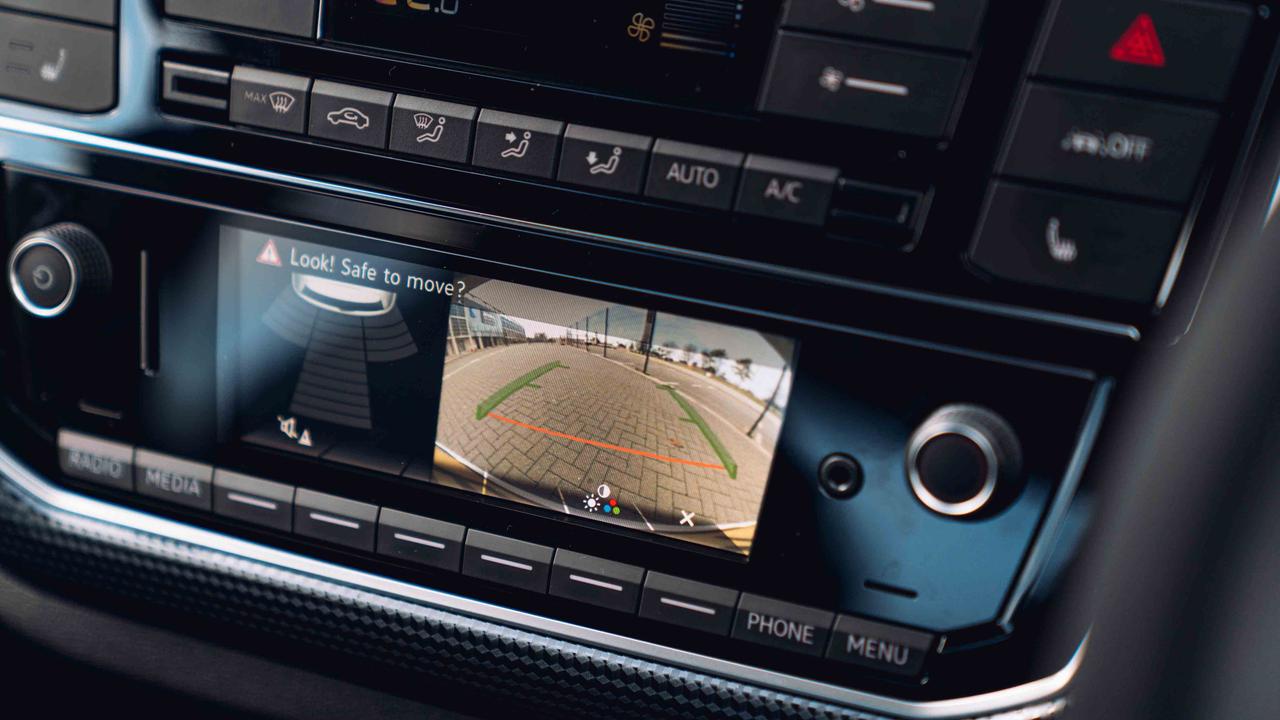
To counter the extra weight of the battery back, the e-Up has a firmer ride than the petrol model, although it’s never uncomfortable. There’s a noticeable amount of tyre noise, which is more obvious in the e-Up because there’s no petrol engine producing noise and vibration up front. Wind noise isn’t too bad, though.
We tested the e-Up straight after driving the Dacia Spring, and the VW handles much better than the Dacia. The Up’s body control is much tighter, the steering is better and it makes the Spring feel wayward in comparison. The Up manages to have the sturdy and solid feel that all VWs have.
With a decent slug of power and the Up’s short wheelbase, it’s genuinely quite fun to chuck the e-Up around.































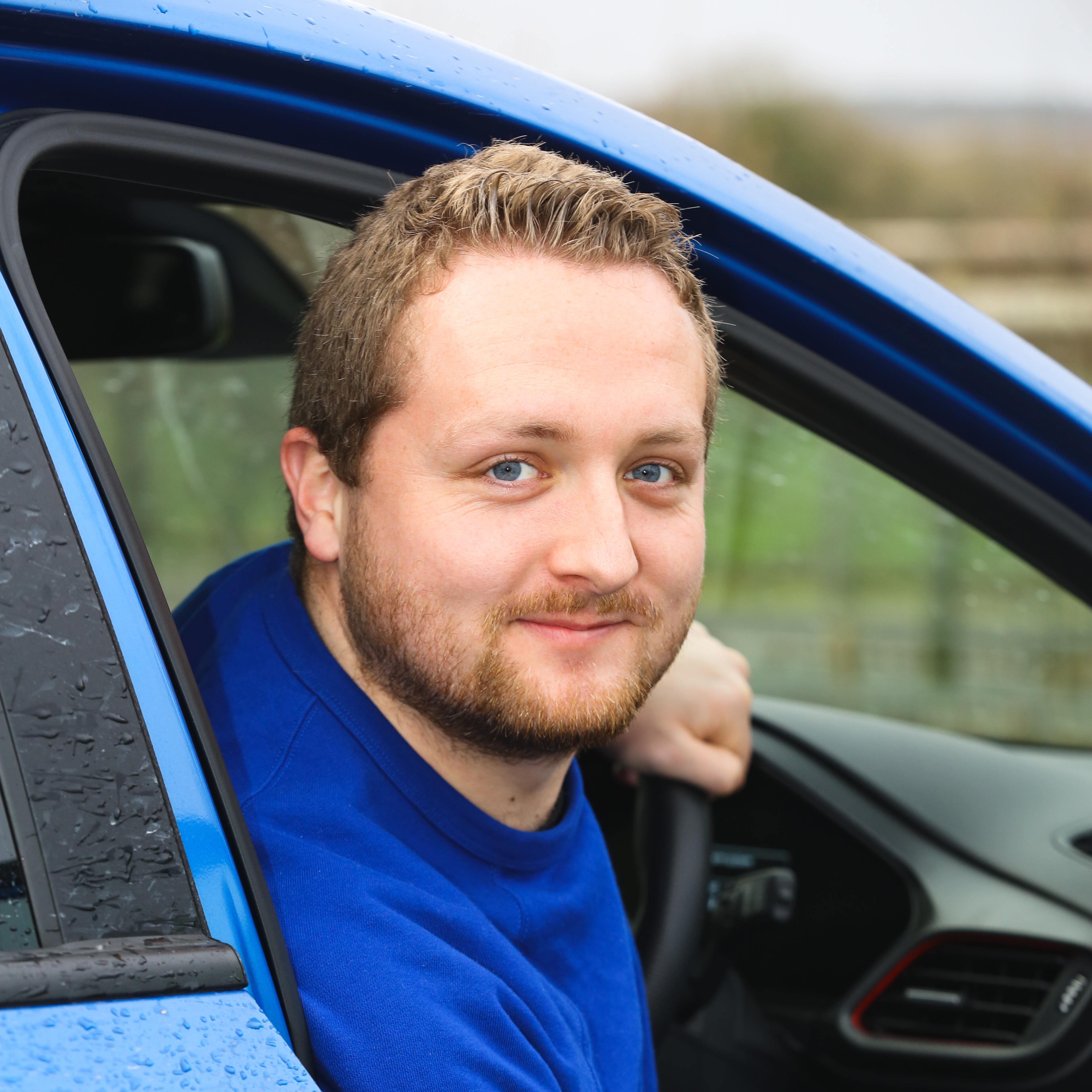



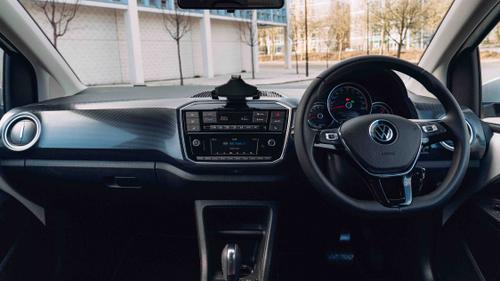




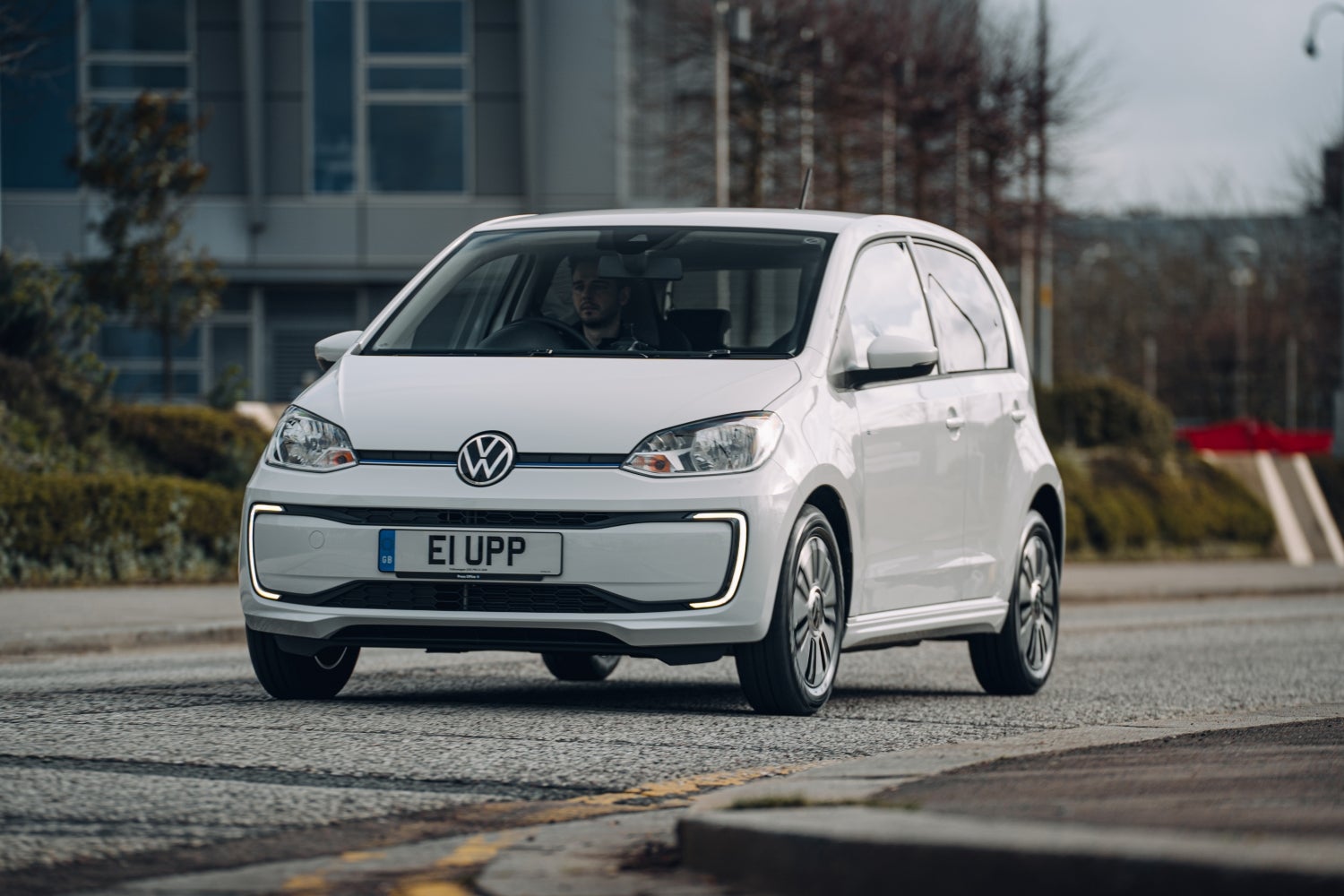


.jpeg&w=1440&q=75)


